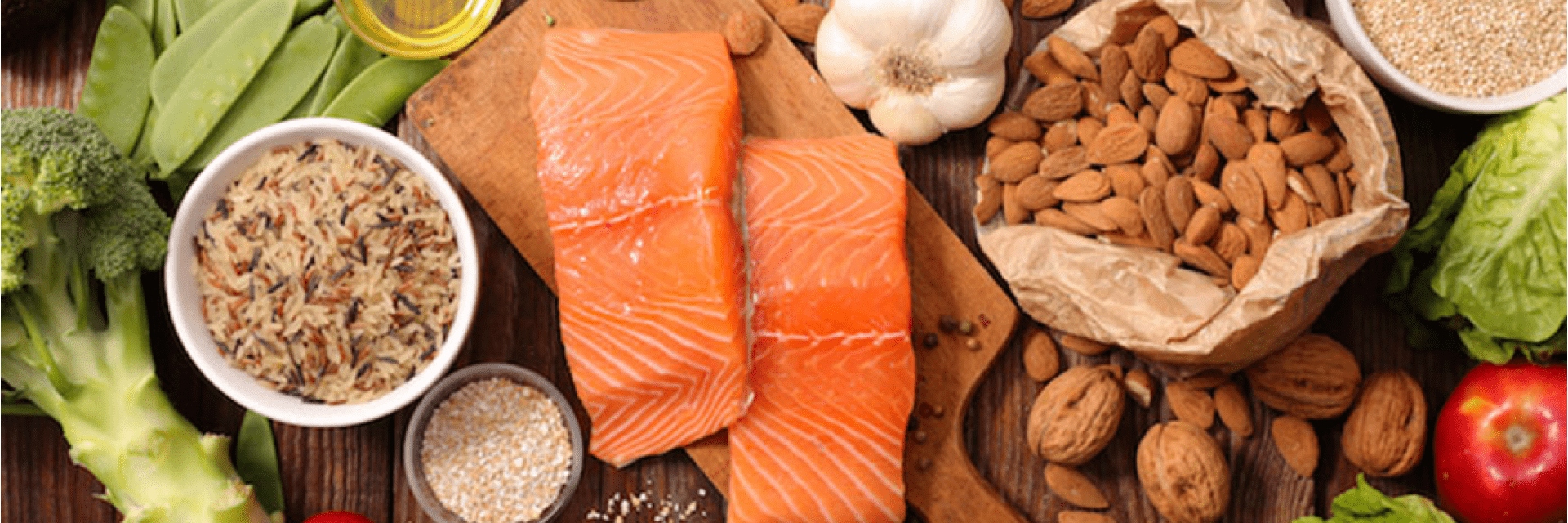What is omega-3?
Omega-3 is a kind of unsaturated fatty acid, a ‘good fat’ that’s popular because of its association with a number of heart health benefits. These omega-3 benefits are offered by three types of omega-3:
- EPA, eicosapentaenoic acid.
- DHA, docosahexaenoic acid. Both DHA and EPA are found in oily fish.
- ALA, alpha-linolenic acid. This is an essential fatty acid, meaning that the body can’t produce it by itself, and that it has to be eaten. ALA is found in highest amounts in nuts and seeds and their oils.
What is omega-3 good for?
If you look online, you’ll find a lot of claims about the benefits of omega-3 fatty acids, but there are just a few that are relevant and approved by the European Commission.
EPA & DHA omega-3 benefits:
- EPA and DHA contribute towards the normal functioning of the heart overall. People should eat 2.5g of EPA and DHA a day for these omega-3 benefits.
- They help maintain normal blood pressure levels. A combined daily intake of 3g of EPA and DHA is needed for this (so, just 0.5g more).
- EPA & DHA can also help maintain normal triglyceride levels. For this, less is needed: a combined daily intake of 2g of EPA and DHA.
ALA omega-3 benefits:
- ALA contributes to the maintenance of normal cholesterol levels. At least 2g a day should be eaten to see this effect.
The health benefits of omega-3 are still being studied and explored, but it is widely considered an important part of a healthy diet.
How to get enough omega-3
Now you know about the omega-3 benefits for adults, you may be wondering how to make sure you are getting enough of it in your diet.
The following foods are sources of EPA and DHA omega-3:
- Oily fish, including salmon, mackerel, herring and more.
- Foods enriched with omega-3 – check packaging to see how much is in a portion.
And ALA omega-3 can be found in the following foods:
- Grains, seeds, and nuts, including linseed oil, rapeseed oil and walnuts.
- ProActiv spreads contain ALA omega-3 from plant sources.
Finally, remember that it’s not enough to just eat extra amounts of “good foods” to be healthy! Make sure you have a balanced, varied diet with enough fruit and vegetables to look after your body overall as well. For regular tips on a heart friendly diet and lifestyle, sign up to our monthly newsletter here.

